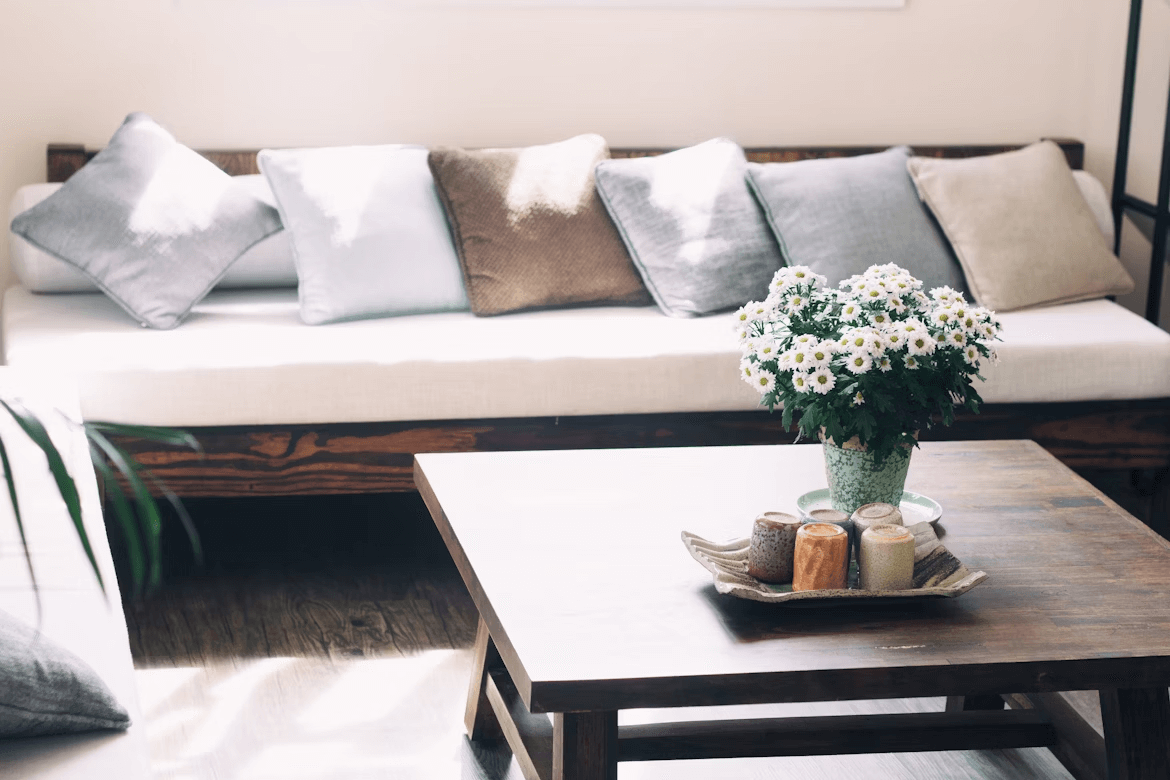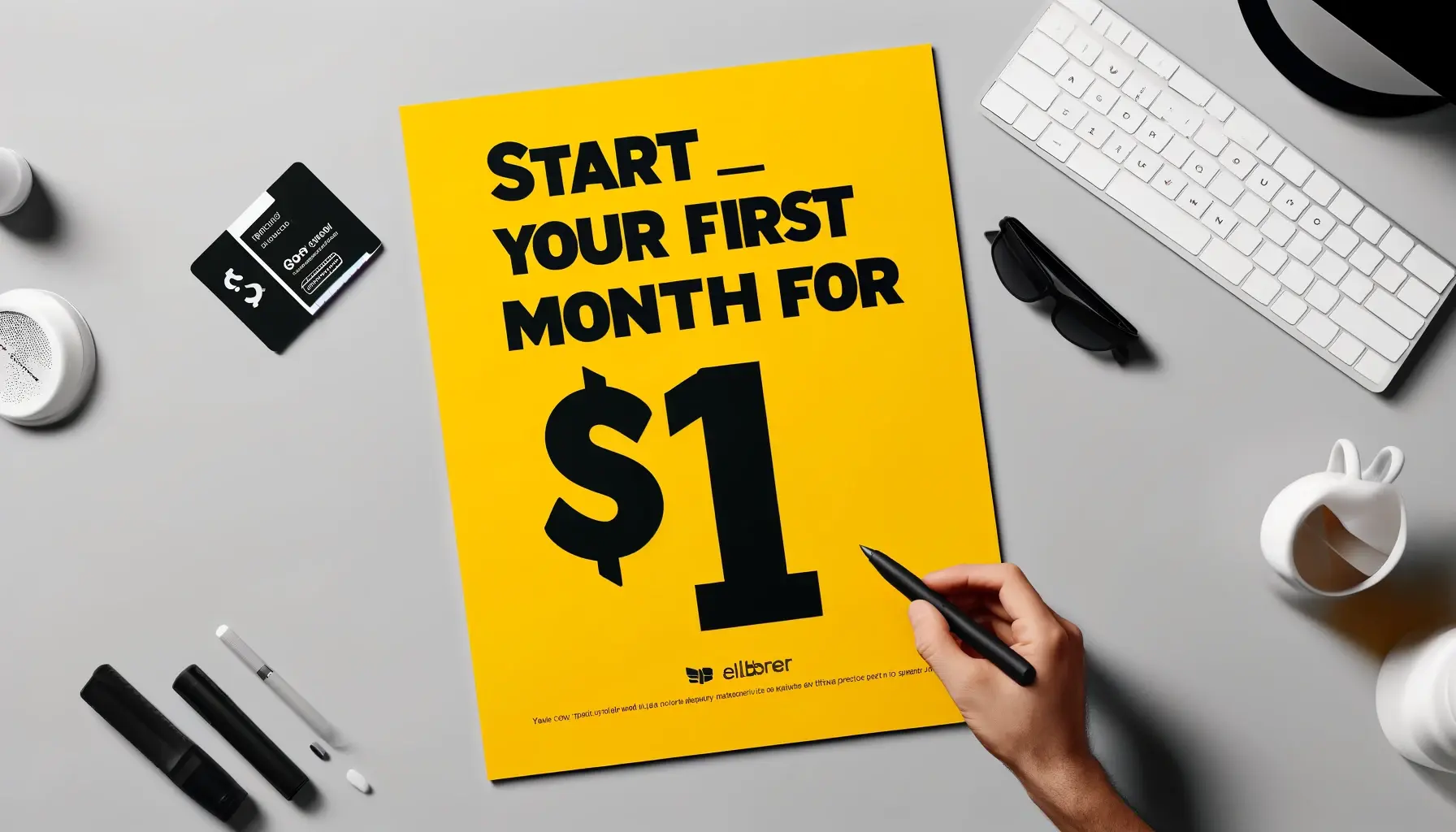
Unlock furniture marketing success in Australia with local SEO, clear policies, digital ads, and customer-focused strategies to drive sales and repeat business.
Australia’s furniture market is competitive, seasonal, and increasingly digital. Shoppers compare online, visit showrooms to confirm their choices, and expect clear information on delivery, warranty, and returns. For instance, a customer might check dimensions or material details from Factory Fast before buying in-store or online. An effective strategy aligns product, price, place, and promotion with local search, logistics, and Australian Consumer Law (ACL). The aim: make it easy for customers to find, evaluate, and purchase, then return for their next room refresh.
What Is an Effective Furniture Marketing Strategy in Australia?
An effective strategy covers each step: making your offering clear, being easily found online, converting showroom visits, using measurable channels, offering transparent terms, following up to retain customers, and regularly reviewing performance. The key takeaway: plan for discovery, conversion, and loyalty.
- Clear positioning (style, quality, sustainability, value) and coherent ranges.
- Local SEO that captures “near me” and suburb-based searches.
- Showroom experiences that move customers from browsing to purchase.
- Paid and organic channels with measurable targets.
- Transparent policies for delivery, assembly, warranty, and returns build customer trust and reduce risk.
- CRM-driven follow-ups and retention programs.
Document, budget, and review your strategy quarterly using sales and lead metrics.
How Do You Position and Price for the Local Market?

Positioning clarifies why a shopper should choose you:
- Define your style spectrum (e.g., coastal, modern Australian, mid-century) and stick to it across photography and copy.
- Offer good, better, best tiers to span budgets without diluting the brand.
- Show all prices inclusive of GST and state delivery, assembly, and removal fees.
- Utilize package pricing (bedroom sets, living room bundles) and “room-by-room” planners to boost the average order value (AOV).
- Match promotions to Australian pay cycles and retail moments (EOFY, Boxing Day, Click Frenzy, Black Friday/Cyber Monday), and protect margin with limited-time bundles instead of ongoing discounts.
How Do You Build Local Visibility with SEO and Listings?
Local discovery starts with search:
- Keyword targets: combine product terms with intent and location (e.g., “sofa bed Melbourne,” “solid oak dining table Brisbane,” “ergonomic office chair Perth”).
- On-page essentials: unique titles, clear H1s, alt text with dimensions and materials, and scannable specs.
- Location pages: Create suburb- or city-specific pages with map embeds, opening hours, parking information, and local delivery windows.
- Google Business Profile: Keep inventory highlights, photos, Q&A, and holiday hours up to date; reply to every review.
- Structured data: include product, price, availability, and review schema for rich results.
- Citations: ensure consistent NAP (name, address, phone) across directories and marketplace storefronts.
Which Digital Channels Drive Measurable Results?
Focus on channels with clear intent and trackable ROI:
- Search ads: target high-intent queries by product and location; use performance max only with precise feeds and negative keywords.
- Social ads: run carousel and collection ads for new arrivals and bundles; retarget site visitors with dynamic product ads.
- Marketplaces: test relevant Australian platforms to reach new buyers without undercutting your main site; maintain consistent pricing.
- Email/SMS: segment by category interest, order history, and lifecycle (new mover, upgrader, trade). Send abandoned browse/cart flows, back-in-stock, and care guides.
- Organic social: prioritize native video showing materials, comfort tests, and assembly; highlight UGC and real home installs.
How Do You Use Content to Shorten the Consideration Cycle?
Content should remove friction:
- Buying guides: “How to choose a sofa for small apartments,” “Solid wood vs veneer,” “Mattress firmness explained.”
- Size and fit tools: downloadable room planners, AR previews, dimension callouts on images, and doorway/staircase fit checklists.
- Care content: finish-specific care guides reduce returns and increase lifetime value through care kit add-ons.
- Proof: customer stories with before/after photos, star ratings, and verified purchase badges.
- Trade hub: spec sheets, CAD files, and volume pricing for designers and developers.
In Conclusion
A successful furniture marketing strategy in Australia is consistent, measurable, and focused on the customer experience. The key takeaway: clarify who you serve, set accurate expectations, stay present throughout the journey, and align all channels to build trust, reduce barriers, and encourage repeat business.
Was this news helpful?







 Yes, great stuff!
Yes, great stuff! I’m not sure
I’m not sure No, doesn’t relate
No, doesn’t relate



